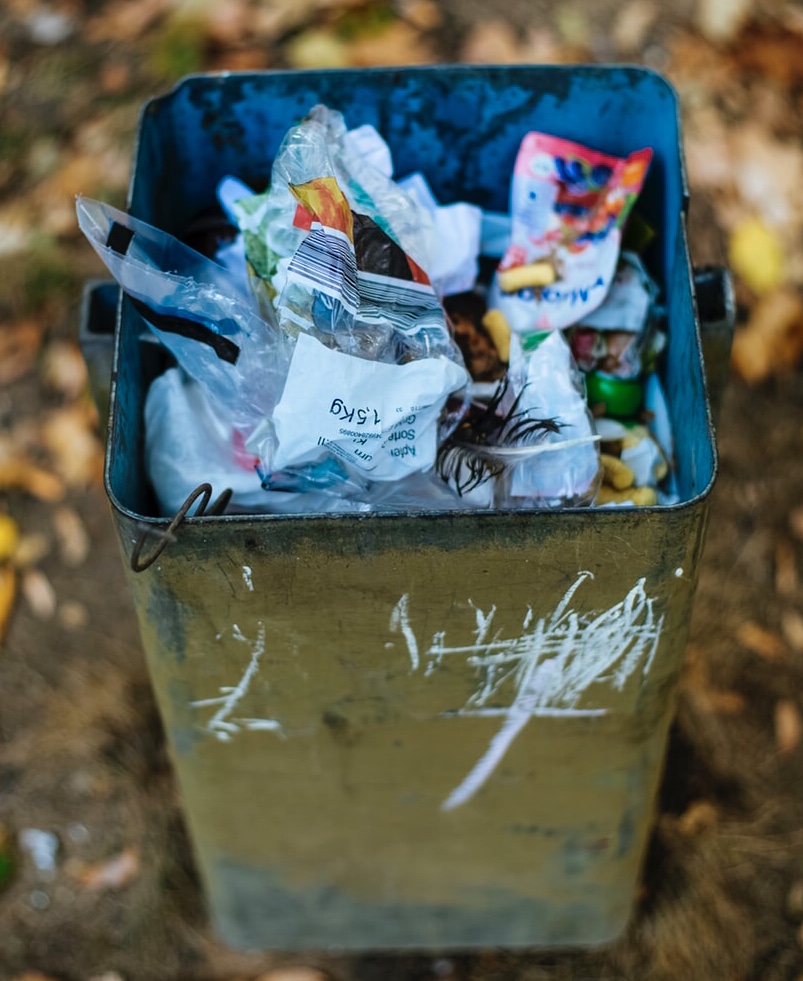Radioactive substances detected in Brussels garbage cans
Waste with a level of radioactivity above the legal safety limit was identified last week by a Brussels-Cleanliness (Bruxelles-Propreté) team.
The garbage collectors who brought the waste back to the Neder-over-Heembeek incinerator discovered that some of it showed a radioactivity level of 26 microsieverts, above the safety limit of 20 microsieverts.

“We plan to isolate the contaminated waste and monitor the team to ensure their state of health,” explained Etienne Cornesse, a spokesman for Brussels-Cleanliness.
The clothes of the workers who collected the rubbish have been thrown away, while the workers themselves were given a mandatory check-up at the military hospital in Neder-over-Heembeek.
As for the waste itself, it has been placed in a quarantined refrigerator, and will remain there for at least one month. “When the level of radioactivity falls below 20 microsieverts, the waste can be incinerated,” said Mr Cornesse, who also added that this sort of situation occurs approximately two to three times a month.
Most of the time, such radiation emanates from medical waste, for example from the discarded clothes of people who have undergone chemotherapy or X-rays. If the level of radioactivity is too high, the Federal Agency for Nuclear Control takes charge of the disposal and treatment of the contaminated waste.



